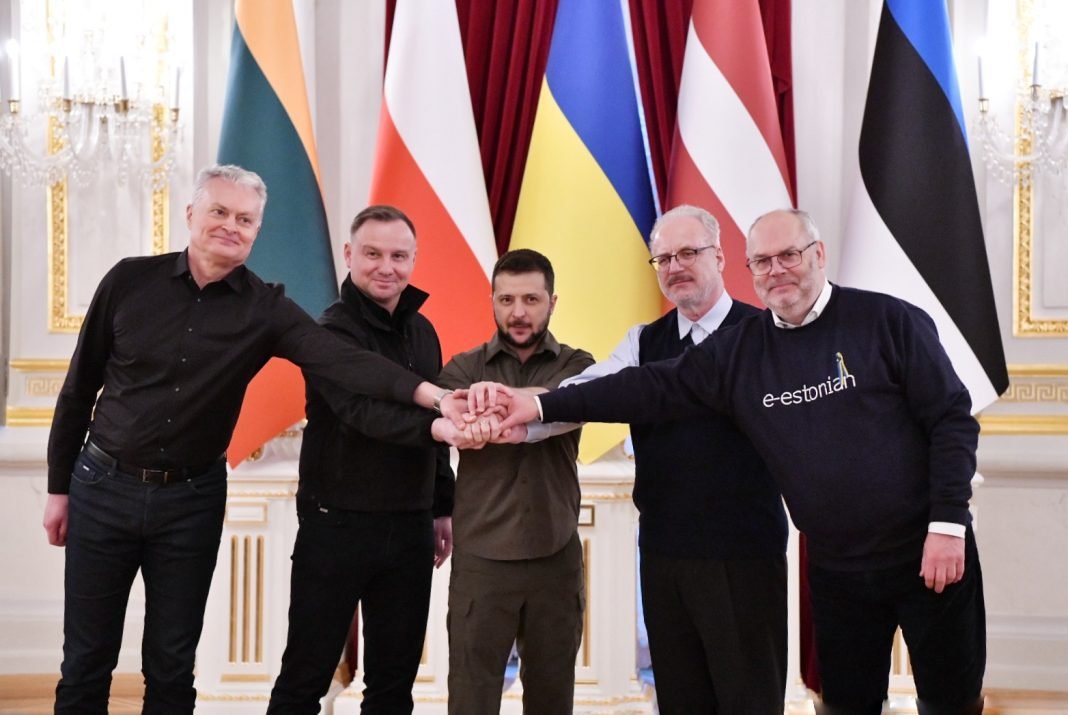Riga, 24 August 2022 (TDI): The people of the three Baltic states Estonia, Latvia, and Lithuania formed a 600 km long human chain to demand freedom from the Soviet Union on August 23, 1989, known as the Baltic Way.
33 years ago the people of Estonia, Latvia and Lithuania formed a 600 km long human chain to demand freedom from the Soviet Union. Today we link hands to help free Ukraine from Russia’s war. #BalticWay pic.twitter.com/cisa8Bdlp9
— Egils Levits (@valstsgriba) August 23, 2022
History of the Baltic Way
The Baltic Way was a peaceful political demonstration on 23 August 1989 when approximately two million people joined their hands, forming a 600 km long human chain through the Baltic countries, thus demonstrating their unity in their efforts towards freedom.
It is reported that the campaign gathered 700000 people in Estonia, 500000 in Latvia, and 1000000 in Lithuania.
The exact number of participants cannot be determined due to the various information sources and the different number of participants in cities and rural areas.
Why did it take place?
Since its inclusion in the USSR in 1940, the inhabitants of the Baltic States were forced to live under the dictatorship of the Communist Party, where freedom of thought and speech was restricted.
These states wanted to live independently without the influence of any external entity, thus organizing a solidarity chain.
At 7:00 PM on 23 August 1989, approximately two million people from Estonia, Latvia, and Lithuania joined hands, forming a human chain from Tallinn through Riga to Vilnius, spanning 600 kilometers.
The Baltic Way was organised by the national movements of the Baltic states: the Estonian Rahvarinne, the Popular Latvian front of Latvia, and the Lithuanian Sajūdis.
Solidarity demonstrations supported it in Berlin, Leningrad, Moscow, Melbourne, Stockholm, Tbilisi, Toronto, and elsewhere.
Consequences
The Baltic Way attracted a lot of international publicity to the joint struggle of the three countries. It proved that faith in democratic ideas unifies the inhabitants of the Baltic States.
The USSR acknowledged the existence of the Molotov–Ribbentrop Pact and declared it invalid. It was one of the most important steps towards the renewal of independence in the Baltics.
Student of BS-International Relations at Quaid-i-Azam University








